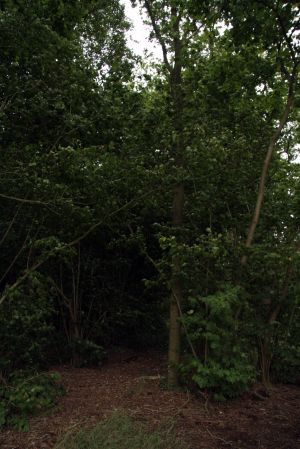EAA 2013 - conference session on mesolithic hunter gatherer societies and subsistence strategies
04 februari 2013
BIAX Consult is involved at the organisation of a conference session during the annual meeting of the European Association of Archaeologists (EAA) on 4 - 8 September 2013 in Pilsen, Czech Republic: www.eaa2013.cz/
Mesolithic survivals: Origins and perpetuation of wild resource use
Session organisers: Karen Hardy, Raquel Pique, Lucy Kubiak Martens
The archaeology of the past is split into hunter gatherer and agricultural
subsistence methods; however the survival of wild resources in the diet is well
documented throughout prehistory and history. Examples still alive in Europe today include the continued knowledge and popularity of wild mushrooms, marine resource retrieval and collection in many coastal regions, the perpetual fascination with honey evidenced in prehistoric contexts through the many cave paintings as well as the continued use of plants to treat selected ailments.
Paleodietary reconstruction has largely focused on visible remains such as bones and shells or macroscopic remains of a small number of species of, normally
domesticated, plants. But do these really offer a true representation of diet? A
glance at diets from non-westernised countries suggests that diet is frequently
nutritionally enriched by inclusion of seaweed and insects, and a wide range of
resources not normally visible in archaeological contexts such as leaves as well as mushrooms, and fungi, which can be ingested either for food or for other purposes, such as medicine or to induce altered mental states. The use of raw materials also survives as horn; shells, wood, bark and leather continue to be used in numerous contexts.
In this session we wish to encourage the documentation and analysis of wild
resources not only in the hunter gatherer but also Neolithic and later contexts.
Examples include identification of normally degraded items in waterlogged contexts, analytical methods to identify non-visible items and nutritional perspectives on non-mainstream resources.



